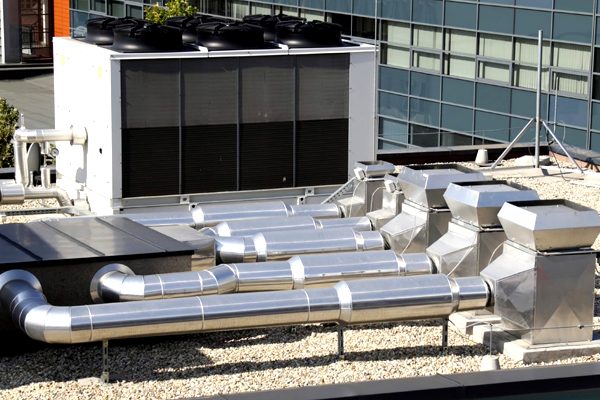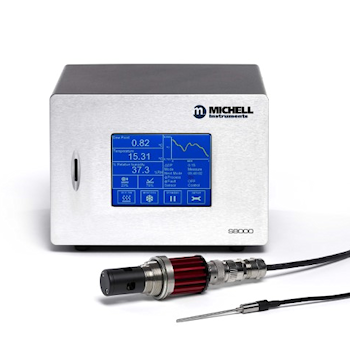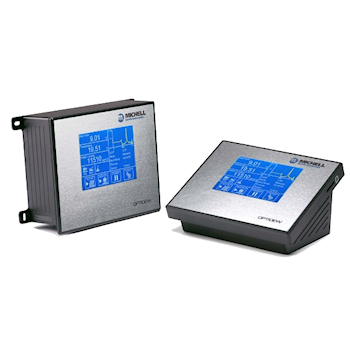
Modern air conditioning and climate control systems are used in a wide range of environmental conditions across the world. The primary purpose of these systems is to maintain thermal comfort by regulating indoor air temperature and humidity. To maintain air quality, fresh outside air is continuously drawn into the HVAC system and conditioned before being circulated indoors. However, due to varying local climates, outside temperatures could be anywhere between -50 & +50°C, with humidity levels between -30 and +30°C dew point.

